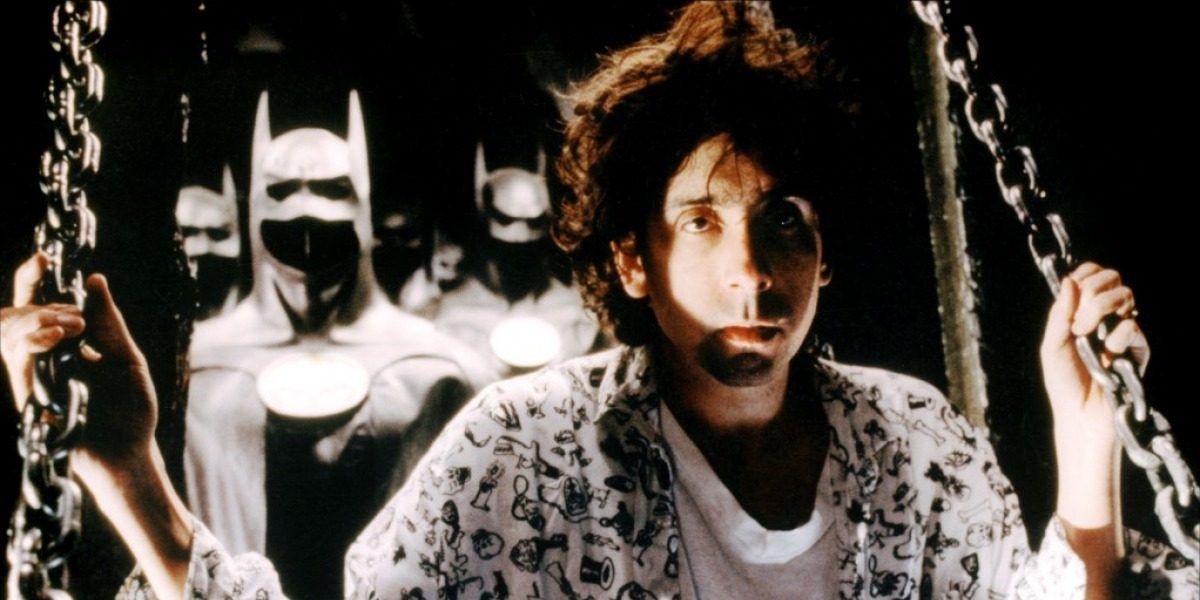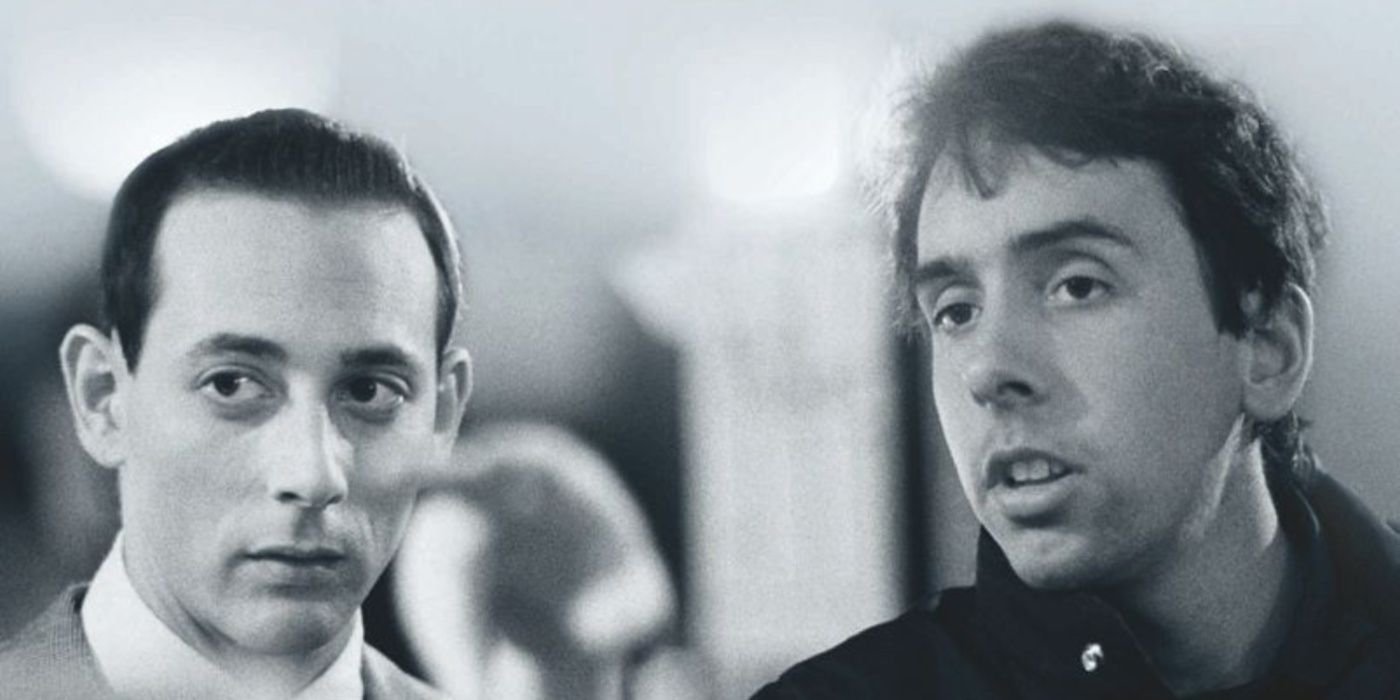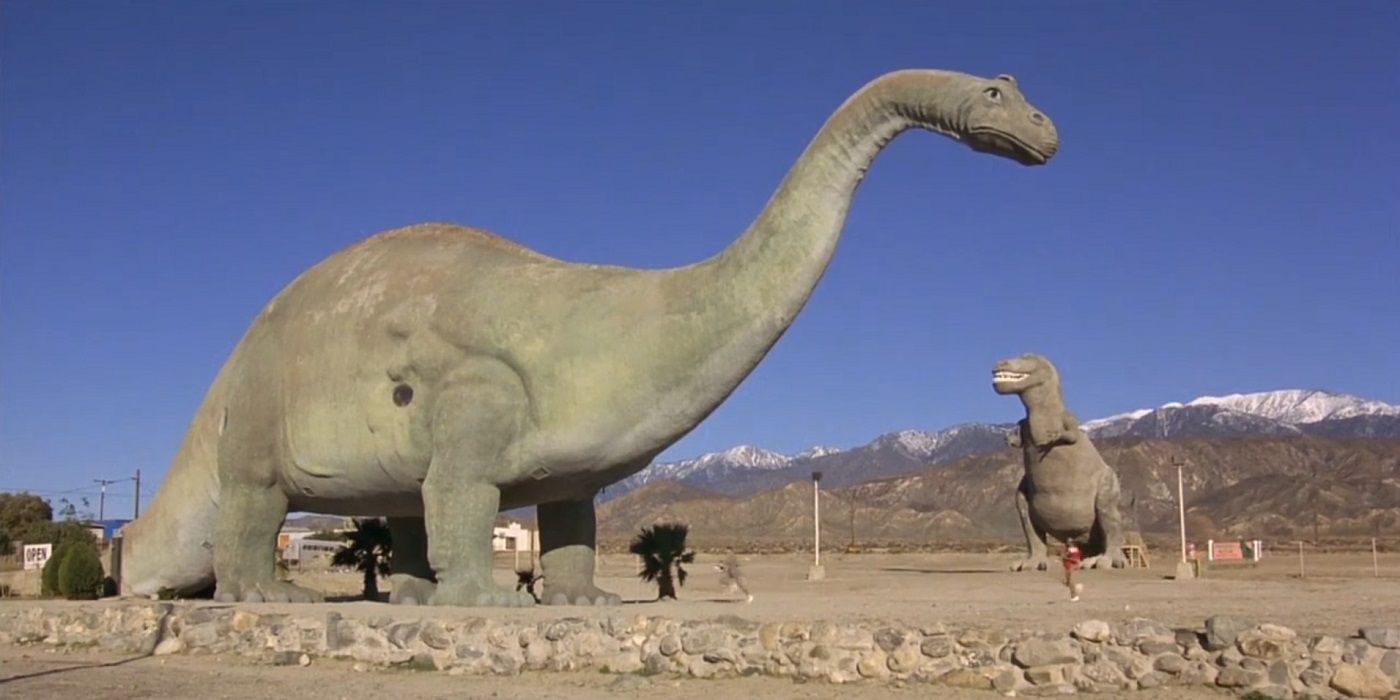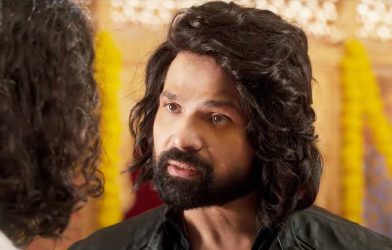The passing of actor Paul Reubens has triggered fresh screenings of the ’80s classic Pee-wee’s Big Adventure, which introduced the actor’s iconic persona to the world. It’s perhaps the purest expression of the character, with its success facilitating the award-winning Pee-wee’s Playhouse that followed. It’s also the directorial debut of Tim Burton, who found his own style amid Reubens’ very distinctive shtick. Pee-wee provided the fulcrum to let the director hit his stride and eventually become one of Hollywood’s most distinctive auteurs.
In its own weird way, the pairing was perfect: their sensibilities meshed in precisely the right way to let both of them thrive. And while Pee-wee always stuck close to his nuts-and-bolts roots, Burton went on to enjoy monster budgets from A-list Hollywood productions. Pee-wee’s Big Adventure shows what he can do when he doesn’t have a lot of money. In its own way, it’s the most creative film he ever made.
Paul Reubens Picked Tim Burton for Pee-wee’s Big Adventure
Reubens’ Pee-Wee persona first appeared on The Pee-wee Herman Show, a live theatrical production he performed in West Hollywood in the early 1980s. It proved a huge success, and Warner Bros. hired him to turn the character into a feature film. After seeing Burton’s short animated films Vincent and Frankenweenie — and with the former Disney animator eager to take on a feature — Reubens picked him to helm a modest $7 million production.
The film is Pee-wee’s first and foremost, delivering the kind of world that eight-year-olds dream about living in someday. His home is an eclectic collection of novelty lawn ornaments, fire poles, neon signs and Rube Goldberg breakfast makers. He lives a blissful life visiting the local magic shop, totally not flirting with his not-girlfriend Dotty, and almost romantically obsessed with his tricked-out bike. When his snooty frenemy Francis steals it, he launches a cross-country odyssey to find it again, crossing an American landscape dotted with friendly oddballs and kitsch tourist attractions that match his home and neighborhood.
Tim Burton’s Style Emerged From Pee-wee’s World
But while the director takes open cues from his star, it’s impossible not to notice the seeds of Burton’s later films creeping in — without the expense and jury-rigged in quietly creative ways. Pee-wee’s Big Adventure was shot in the Southern California suburbs where Burton grew up, which later served as the setting for the likes of Edward Scissorhands and the feature-length version of Frankenweenie. It’s also his first collaboration with composer Danny Elfman, whose music is now ubiquitous with Burton’s work but back then was still largely known as the frontman for Oingo Boingo.
But the most telling aspect is the inventiveness in creating Pee-wee’s world on a shoestring. Devoid of the massive sets and elaborate trappings of his later films, Burton finds fun ways to bring his star’s world to life without spending a lot of money. That includes the Cabazon Dinosaurs and the legendary Large Marge jump scare accomplished with stop-motion animation.
It’s very humble in comparison, but it also fits Reubens like a glove. And it allowed Burton to do what he does best under the auspices of another performer with more currency in Hollywood at the time. Pee-wee’s Big Adventure will always be a product of its star and remains perhaps the ideal place for Reubens’ unique brand of magic. But Burton helped make it happen and, in the process, established a singular vision of his own.











